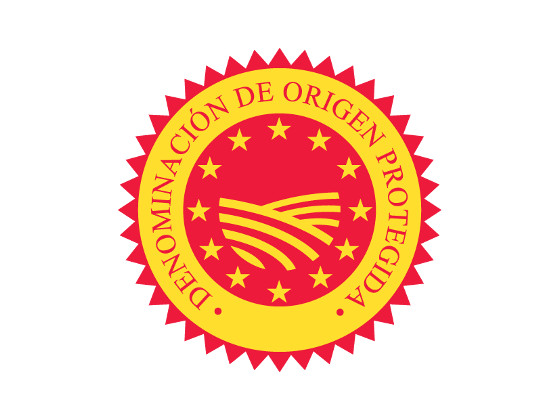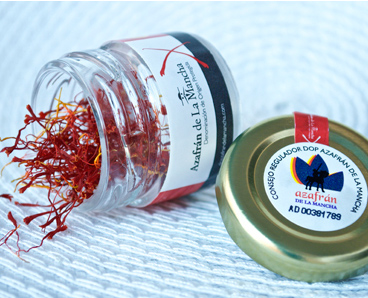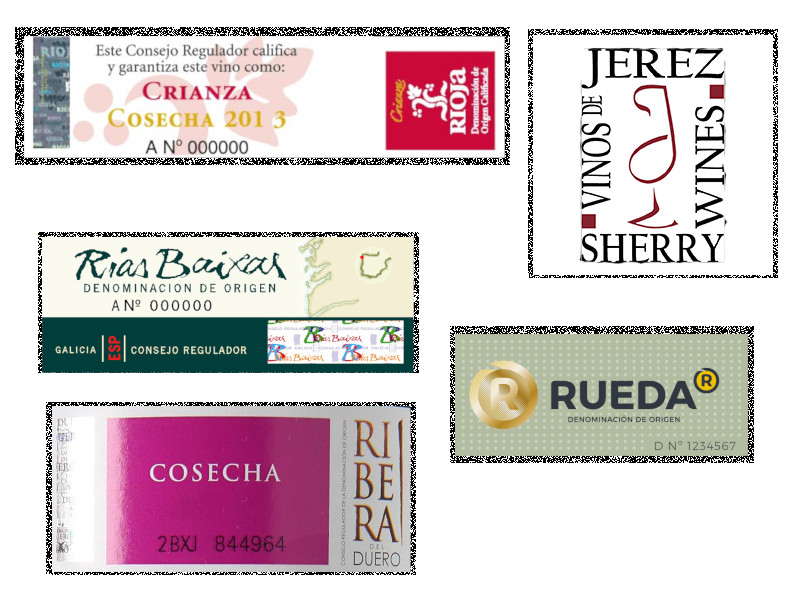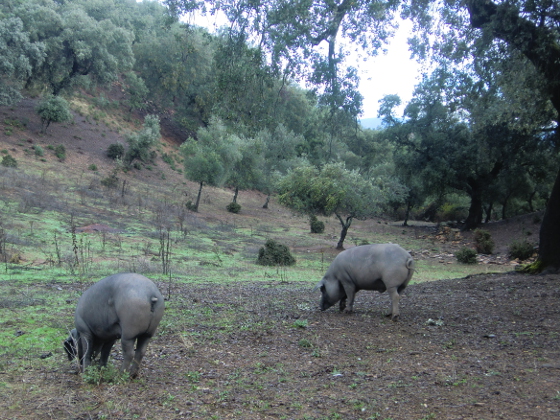When you are about to pick a product from a supermarket shelf you are supposed to first check its brand, features, and price before taking any decision. In some cases, where the brand is not decisive, you rely on the retailer's endorsement to support your decision.
Unlike other products, most foodstuffs and agricultural products don’t have any recognizable brands or support from any organization. That makes it harder to pick the best quality (or value for money) product out of a wide range of supply, only based on our knowledge or previous experience.
Since 1992, the European Union has been promoting among foodstuff and wine producers to get associated with Protected Designations of Origin (PDO), in Spanish Denominación de Origen Protegida (DOP), that help them to market their products better while providing them legal protection from product name misuse or counterfeit.
From the consumer point of view, the PDO framework identifies products that are grown, produced, processed, and prepared in a specific geographical area, using the recognized know-how of local producers and ingredients from the region concerned. Producers must adhere to a precise set of specifications defined by the regulatory body which in turn is approved and supported by the EU.
Note: there is another slightly different designation as well, called Protected Geographical Indication (PGI) that does not require growing/supplying all the ingredients from the same geographic area, focusing on how they are processed and prepared.
There are PDO in almost all EU member countries, although more than 80% of them are registered in 6 countries: Italy, France, Spain, Greece, Portugal and Germany. In Spain, they are called Denominación de Origen Protegida (DOP). In this link you can find them all.
There are 102 PDO in Spain and 88 PGI, of which we highlight just a few, as an example
Saffron is one of the most appreciated spices in history. Find out why here, as well as some tips for buying and cooking with it.
Find out which are the most famous winemaking regions and wine types in Spain. This post will guide you to identify and drink the most genuine and typical ones from this country.
What makes so special the Iberico Ham? This particular breed, only found in Spain has unexpected benefits for your health




